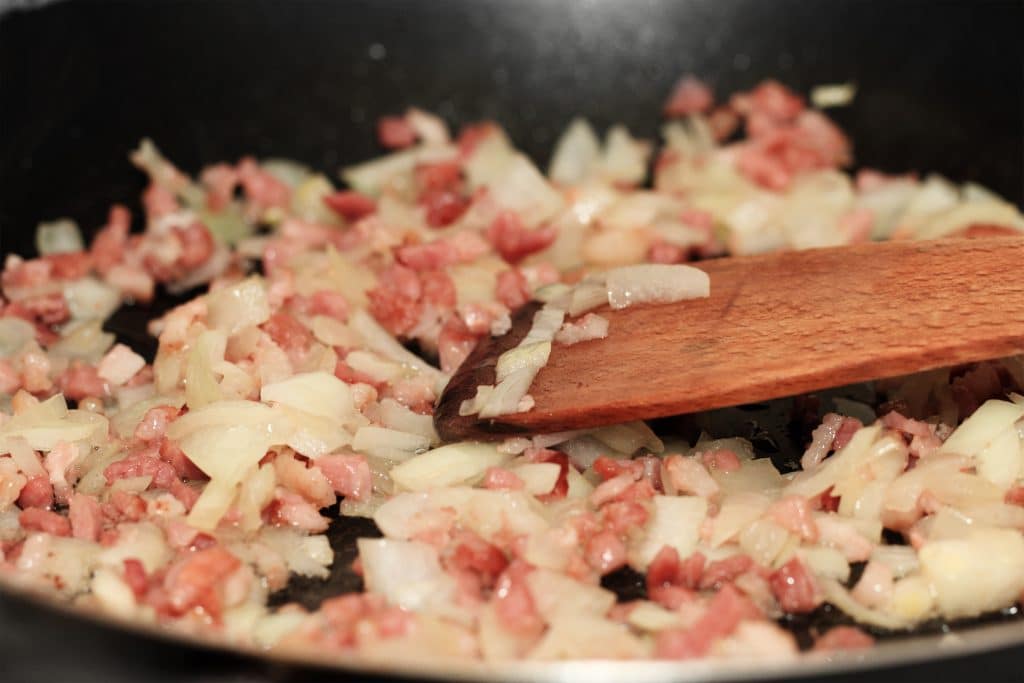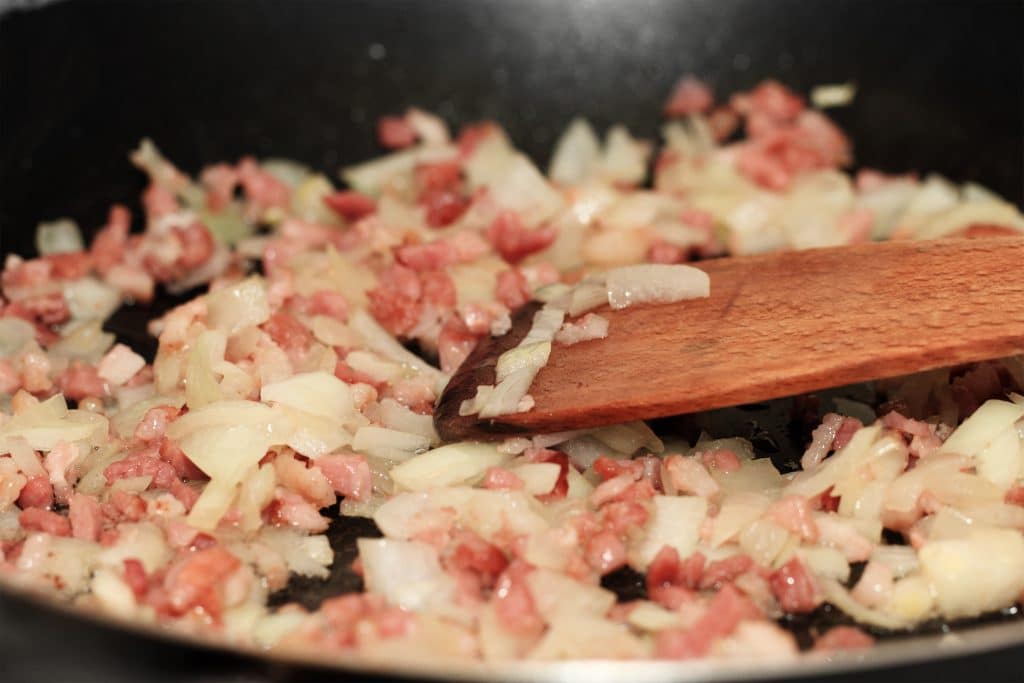Tartiflette is a must-have for winter evenings. Originating from the Savoie mountains, this generous and comforting dish has become a symbol of conviviality. Made up of tender potatoes, skilfully caramelized onions, flavorful lardons, and melting reblochon cheese, it delights cheese lovers and fans of rich dishes. However, a simple change in the preparation of the lardons can elevate this already iconic recipe. By adopting a different cooking method, you might just reinvent your tartiflette and surprise your guests.
Why Are Lardons So Important in a Tartiflette?
Lardons play a key role in the success of this dish. Their smoky flavor and slightly crispy texture provide a subtle yet essential contrast to the creaminess of the potatoes and the sweetness of the melted cheese. However, traditional pan cooking can sometimes present challenges. Overcooked lardons become dry and lose their tenderness. Undercooked lardons may release grease in the dish, making it heavy. Therefore, finding the right balance is crucial to achieving perfect lardons.
An Innovative Method: Oven Cooking
While frying is the most common method for cooking lardons, it is not the only option. In fact, baking can prove to be a much more effective and flavorful alternative. Here’s why:
- Even cooking: Unlike the pan, where lardons can cook unevenly, the oven ensures uniform heat distribution. This guarantees golden, crispy lardons all over.
- Controlled texture: Baking grants a defined crispiness while maintaining some tenderness inside.
- Reduced fat: Excess fat drains naturally onto the tray or parchment paper, making lardons lighter and their flavor more delicate.
- Simplified preparation: By choosing this method, you free your hands to prepare the other steps of the recipe. No more need to stand by the pan watching the lardons.
How to Bake Lardons for a Perfect Tartiflette
Nothing could be simpler than this technique, which will soon become second nature in your kitchen. Follow these steps for optimal results:
- Preheat the oven to 200°C (thermostat 6-7). This temperature is ideal for quick and even cooking.
- Prepare a baking sheet by lining it with parchment paper. This prevents the lardons from sticking and makes cleanup easier.
- Arrange the lardons on the sheet in a single layer. Be careful not to overlap them for even cooking.
- Bake the lardons for 10 to 15 minutes, checking regularly from the 10-minute mark. Adjust the time according to your preference: lightly golden for a tender finish or more crispy for a pronounced contrast.
- Drain them on paper towels after taking them out of the oven to remove excess fat.
The Benefits of This Method: Flavor and Lightness
By opting for oven cooking, your lardons will gain in flavor while being less fatty. This helps to better balance the richness of the tartiflette, often seen as a “heavy” dish. This detail may seem minor, but it significantly enhances the tasting experience. The cheese, freed from the excess fat of the lardons, expresses its sweetness and aromas more fully. As for the potatoes, they absorb the smoky flavors of the lardons without being saturated with grease.
Vary Your Pleasures with This Technique
This method is not limited to tartiflette. You can use it for all your dishes that require lardons, whether in a quiche lorraine, a gourmet salad, carbonara pasta, or even a simple omelette. Oven cooking is a versatile and practical solution that will easily fit into your culinary routine.


